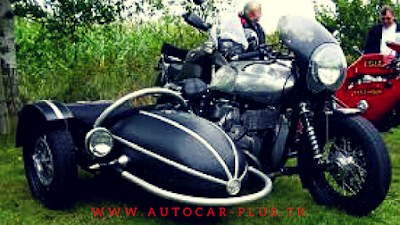Sidecars Are "Hacks" why?
 |
| Sidecars Are "Hacks" why ? |
It started in Jolly Olde England, in a town known as Hackney (now a precinct) only north of London. In the year 1621, the initially archived horse-drawn carriage for contract, known as a "hackney mentor" or "hackney carriage," handled the roads of London searching for travelers. Cutting edge antiquarians figure these carriages took their name from the town, which was being gobbled up by the developing London metro territory. The Hackney Horse, a type of running stallion reared particularly for carriage driving, can likewise follow its name to the town and the hackney carriages.
Amid the Industrial Revolution, electric and inside ignition motor controlled hackney carriages progressively replaced the stallion drawn adaptations. In run of the mill interestingly enchanting British mold, the new cabs kept on being alluded to as hackney carriages; indeed, current taxicabs are still authorized by the Public Carriage Office in London. Here in the U.S., Boston ensures its authorized taxi administrators with a Hackney Carriage emblem, and in New York City, you can discover a "hack" (taxi or cab driver) at the "hackstand" (taxi stand).
So what does this need to do with cruisers? Early cruisers were not prepared to convey a traveler, having just a solitary seat for the administrator. In 1893, a French armed force officer won a prize in a neighborhood daily paper for making a bike sidecar, and in 1903 a patent was conceded to a Mr. W. J. Graham of Enfield, Middlesex, England, to make a bike sidecar. Surprisingly, a motorcyclist could convey a traveler, thus the undeniable conversational term for such a contraption was "hack." Makes culminate sense, isn't that so?






















0 comments:
Post a Comment